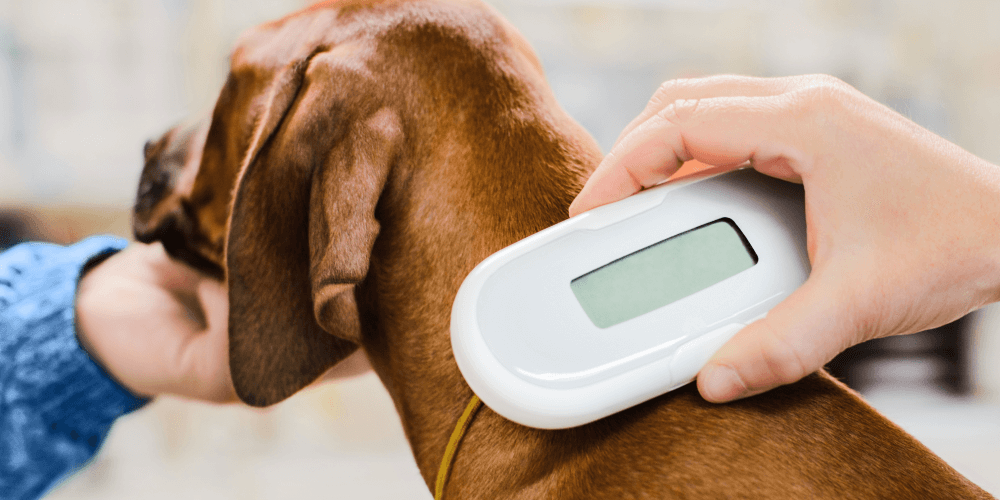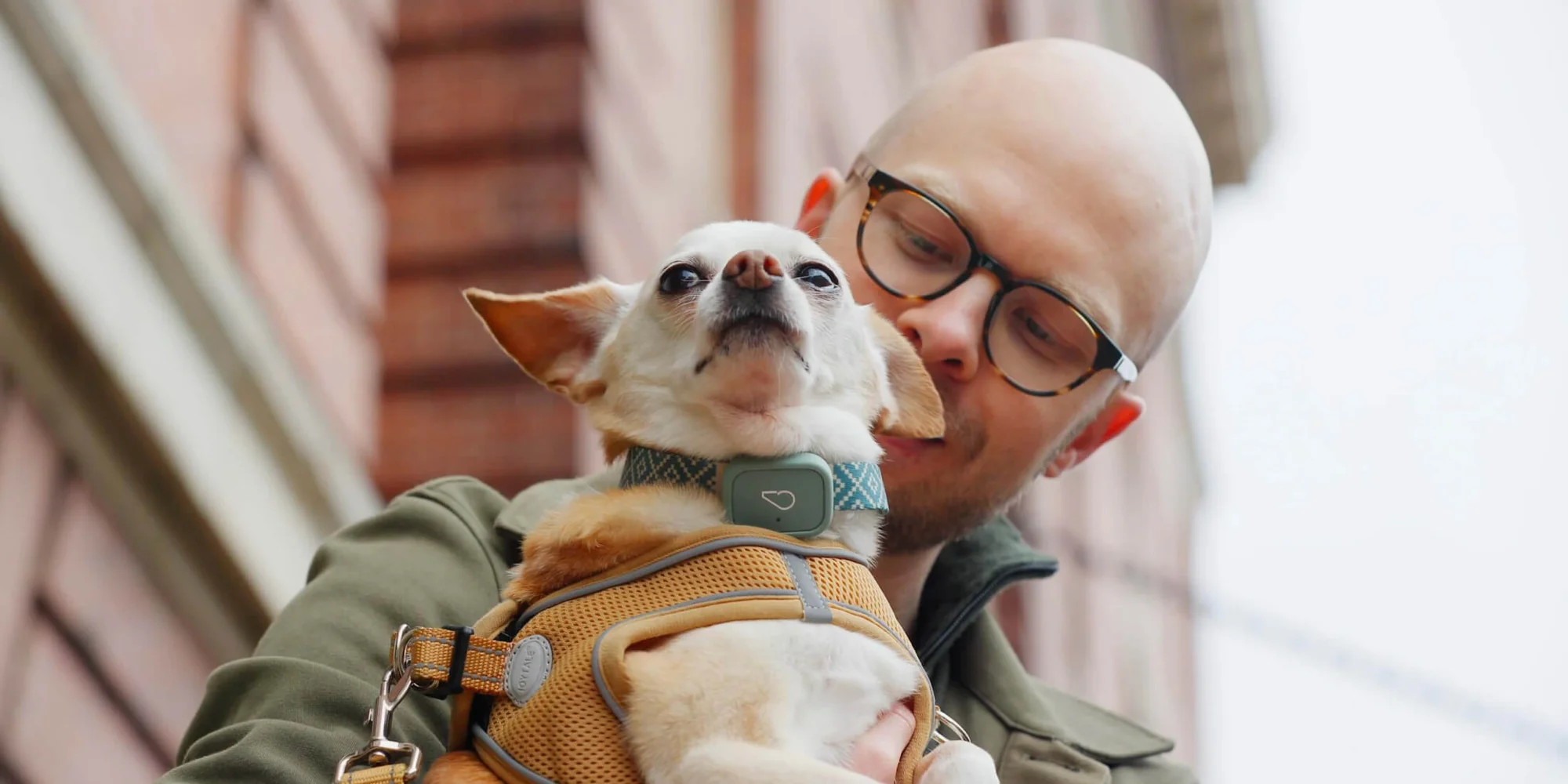Meet superpower duo Ian and Henry, the avalanche rescue dog team

An avalanche site the size of a football field would take a group of people hours to search; but, for Border Collie Henry it takes less than 30 minutes. When it comes to avalanche rescues, these 30 minutes can mean the difference between life and death for someone lost on a snow-covered mountain.
We sat down with Ian Bunbury (and his partner Henry), stars of the new documentary Superpower Dogs and volunteers at the Canadian Avalanche Rescue Dog Association (CARDA), to discuss their experiences. Read on to learn more about this heroic duo and their close bond.
What makes a dog the ideal teammate for an avalanche rescue?
Because we are looking for something we can't see (a human buried under the snow) we have to resort to a different sense to detect and pinpoint their location. Estimates vary, but it is generally accepted that a dog's sense of smell is many thousands, possibly millions of times more sensitive than humans. By harnessing that ability, as a team we strive to save the life of an avalanche victim.

How did you get into your line of work, avalanche rescue?
When I was a child my dad handled a SAR (search and rescue) dog as a volunteer with North Shore Search and Rescue, an organization that looks after the mountainous area on Vancouvers' North Shore. At the age of 30, I transitioned from a career of coaching alpine ski racing to ski patrolling at Whistler Mountain and the biggest factor in the switch was the opportunity to train and handle a SAR dog.

Henry is the third Border Collie you've trained and had as a partner—why this breed?
Although my favorite breed is the German Shepherd, I realized that breed would not be a good fit for my lifestyle. Because I wanted my dog to be my constant companion, not just a searching “tool”, I accepted that a GSD would not be a good match for long mountain bike rides and trail running. As well, I felt their larger size takes up a lot of real estate in vehicles, on my motorcycle, in my canoe, in helicopters, riding on my shoulders. The smaller Border Collie ticks all those boxes. As well, the BC (from proven working lines) are known for physical soundness, tireless working ability, very low maintenance. Their high intelligence and biddability (ability to accept and adapt to a given task) make them a great partner, in the hands of a capable trainer or handler.
Give us a brief insight into what it takes to train a dog, like Henry, to do this kind of work.
My approach to handling and working with a dog like Henry is to firstly accept that he knows what he is doing far better than I do, so my main role is to provide him with endless opportunities to be successful so that he looks forward to “working” with me.
Can you walk us through what an avalanche rescue situation looks like?
The first thing to a rescue situation is to be prepared to respond to an incident when it happens. That is why most of the members of the Canadian Avalanche Rescue Dog Association are professional ski patrollers. We make our living by being in the mountains so that when a callout is received, we are in the best position to respond.
Upon arrival at a scene, the first thing is to ensure that there is no hazard to the rescuers so the search can be carried out in relative safety. From that point, the rescue team will attempt to gain as much information about the incident as possible so that the dog can be deployed in the area of highest probability, which gives the victim the greatest chance of survival.
Once the dog begins searching, it is the handler's job to direct the dog through the areas of highest probability. Using clues such as articles on the surface that may belong to the victim, the point last seen (if known), areas of deposition, the handler will pattern the dog over the slide using the wind to his advantage. The area downwind of the scent source, known as the “scent cone”, usually elicits a change in the dog's body language, and this is the handler's primary job: to recognize that change, which may range from a very subtle turn of the head to very distinct 180 degree turn. This is when the excitement ramps up as the dog starts working in earnest up the scent cone to eventually pinpoint the source. At this point, it is important for the handler to stay back and wait until the dog has absolutely confirmed the location before he starts probing the snow, hoping to strike the subject and begin the process of digging.
The dog, who doesn't know the difference between “fun” and “work”, then anticipates the game of tug with his handler which signals the end of the exercise.

What is daily life like for you and Henry?
Daily life is pretty routine. He sleeps on a bed right at my side. In the morning, he goes out to relieve himself and then gets let in for breakfast, but only after he closes the door behind him!
While I start the fire for the day, he eats, then lays on his dog bed while I eat. After I dress him in his work vest, we have a short walk down a trail to the truck. He jumps up into his crate in the back of the truck and we drive into work. We walk through Whistler Village to our locker room where he has a specific spot to lay down while I dress myself and put on my ski boots.
Most days we drive a snowmobile up the mountain. Typically he rides in a trailer behind, but he also is capable of sitting up front with me, or rides in the cargo rack on the back. Once up the mountain, about a 15 minute ride, he gets put in his crate where he spends most of his day. When the avalanche hazard is high, the dogs activities are usually restricted so they remain rested in anticipation of a callout. Other times, we set up training search scenarios. Because Henry needs a lot of exercise, I run him probably more than the other dogs. I'd guess on average he gets in at least 10 kilometers of high intensity running at an elevation of 6000 feet. He can easily do 25 or 30 kilometers in a day, and can run uphill at 20 kph. This exercise comes either running with me on skis, or following the snowmobile.
At the end of the day, he rides down the hill with me on the snowmobile. We head home, after a beer with the crew, he gets fed, then sacks out until we do it all again the next day.
What are your and Henry's favorite things to do, off-duty?
Henry and I are never apart. We like to cross country ski, mountain bike, trail run, go bushwhacking, canoe. In addition, I like to train behaviours with Henry and he dutifully serves as my “demonstration dog” for my clients and their dogs at the Ian Bunbury Dog School.

You can catch Ian and Henry in Superpower Dogs, in IMAX® theaters nationwide, starting this month. To learn more about the film and Henry, visit www.superpowerdogs.com. And you can follow Henry and his adventures on Instagram @henrywhistlerdog.












